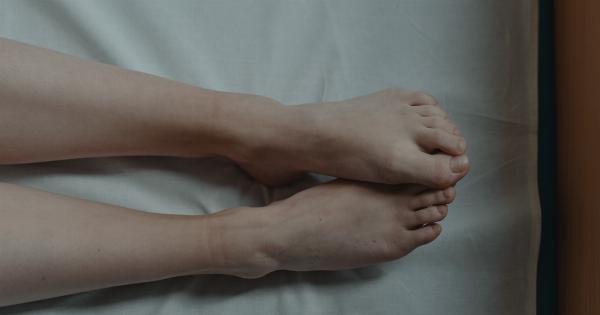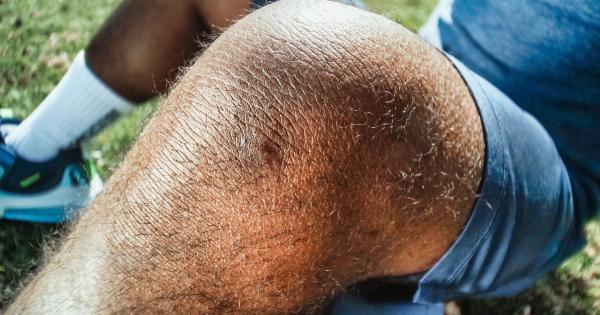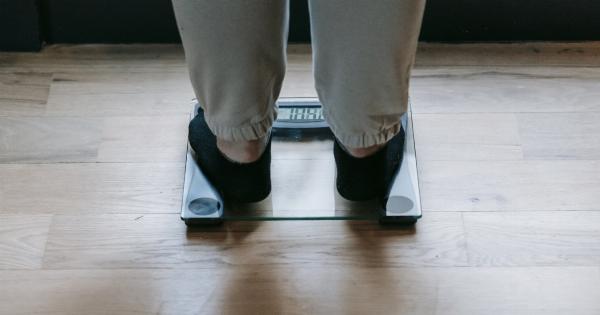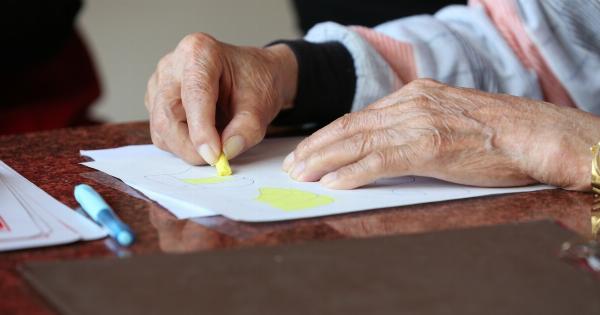Meniscus damage is a common knee injury that can cause pain, swelling, and difficulty in movement. The meniscus is a C-shaped piece of cartilage that acts as a cushion between the shinbone and thighbone.
It helps to stabilize the knee joint and provides shock absorption during activities like walking, running, or jumping. Unfortunately, the meniscus is prone to damage due to sports injuries or accidents. In some cases, surgery is necessary to repair or remove the damaged meniscus.
However, there are also alternative treatment options to consider depending on the severity of the injury and individual factors.
Surgery for Meniscus Damage
When meniscus damage is severe or doesn’t respond to conservative treatments, surgery may be recommended by a healthcare professional. There are two main surgical procedures for meniscus damage:.
1. Meniscus Repair
Meniscus repair is the preferred surgical option when the damage is repairable. The surgeon will stitch the torn edges of the meniscus together using small sutures. This procedure preserves the meniscus and allows it to continue functioning properly.
Meniscus repair is often performed using arthroscopy, a minimally invasive technique that requires small incisions and the use of a tiny camera to guide the surgeon.
Meniscus repair surgery has several benefits, including:.
- Preserving the meniscus and maintaining its function
- Reducing the risk of developing knee osteoarthritis
- Shorter recovery time compared to meniscectomy (partial or complete removal of the meniscus)
2. Meniscectomy
Meniscectomy involves the partial or complete removal of the damaged meniscus. During the procedure, the surgeon trims away the torn portion of the meniscus, leaving behind a stable rim of healthy tissue.
Meniscectomy is typically recommended when the meniscus tear cannot be repaired due to its location, size, or poor blood supply.
While meniscectomy can provide relief from pain and other symptoms, it does have some drawbacks:.
- Removal of the meniscus can increase the risk of knee osteoarthritis over time, as the cushioning and stabilizing functions are compromised.
- Longer recovery time compared to meniscus repair
- Partial removal may be preferred over complete removal whenever possible to preserve some meniscal function
Alternatives to Surgery
Depending on the severity and location of the meniscus tear, as well as individual factors such as age, activity level, and overall health, surgery may not always be the first line of treatment.
In less severe cases, it’s often recommended to try non-surgical alternatives before considering surgery. Some alternatives to surgery for meniscus damage include:.
1. Physical Therapy
Physical therapy plays a crucial role in rehabilitating meniscus injuries. A skilled physical therapist can guide you through exercises and stretches to strengthen the muscles around the knee joint, improve flexibility, and promote healing.
Physical therapy aims to reduce pain, swelling, and restore normal function without the need for surgery.
The benefits of physical therapy for meniscus damage include:.
- Improved stability and mobility of the knee joint
- Reduced pain and inflammation
- Strengthening of the surrounding muscles for better support
2. Rest and Modification of Activities
For minor meniscus tears, taking a break from activities that aggravate the symptoms and modifying certain movements can allow the injury to heal naturally.
It’s essential to avoid activities that involve sudden pivoting, twisting, or high-impact movements. Resting the knee and applying ice packs can also help reduce pain and inflammation in the area.
3. Medication
Over-the-counter nonsteroidal anti-inflammatory drugs (NSAIDs) can provide temporary relief from pain and inflammation caused by meniscus damage.
However, it’s important to consult with a healthcare professional before starting any medication to ensure it is suitable for your specific condition and health history.
4. Injections
Corticosteroid injections can be administered directly into the knee joint to reduce inflammation and pain associated with meniscus damage.
These injections provide temporary relief and are generally reserved for patients who do not respond to other conservative treatments.
5. Bracing
A knee brace or sleeve can provide support and stability to the knee joint, particularly during physical activities. This can help alleviate symptoms and protect the meniscus from further damage.
However, it’s important to get the right type of brace and ensure it fits properly to avoid any additional complications.
When is Surgery Necessary?
Surgery for meniscus damage is typically necessary in the following situations:.
- When the symptoms significantly impact daily activities and quality of life
- When conservative treatments have been ineffective
- When the tear is causing persistent or increasing pain
- When the meniscus has a poor blood supply and is unlikely to heal on its own
It’s crucial to have a thorough evaluation by a healthcare professional to determine the most appropriate treatment plan based on the individual’s specific circumstances.
Recovery and Rehabilitation after Surgery
Recovery and rehabilitation following meniscus surgery can vary depending on the type of procedure performed and individual factors.
It’s important to follow the healthcare professional’s recommendations and guidelines for a successful recovery. Some common aspects of recovery and rehabilitation after meniscus surgery include:.
1. Rest and Ice
Resting the knee and applying ice packs can help reduce pain, swelling, and inflammation in the first few days after surgery. It’s important to protect the knee joint and avoid putting weight on it as advised by the healthcare professional.
2. Physical Therapy
Physical therapy plays a crucial role in the rehabilitation process after meniscus surgery.
A physical therapist will guide you through a personalized exercise program to help regain strength, improve the range of motion, and restore optimal function of the knee joint.
3. Gradual Return to Activities
As the knee heals and strength improves, the healthcare professional will provide guidance on gradually returning to normal activities and sports.
It’s important to follow the recommended timeline and avoid rushing into intense or high-impact activities too soon to prevent re-injury.
4. Long-Term Management and Prevention
After meniscus surgery, long-term management plays an essential role in preventing further knee injuries and managing any lingering symptoms.
This may involve maintaining a regular exercise routine to keep the knee joint strong and mobile, as well as implementing strategies to reduce the risk of future injuries, such as proper warm-up and cool-down techniques and using supportive footwear.
Conclusion
Meniscus damage can significantly impact knee function and quality of life. While surgery is often necessary for severe cases, there are alternative treatment options to consider depending on the individual’s specific circumstances.
Physical therapy, rest, medication, injections, and bracing are among the alternatives that can help manage symptoms and promote healing. It’s important to consult with a healthcare professional to determine the most appropriate treatment plan and to ensure proper recovery and long-term management.
With the right approach, individuals with meniscus damage can regain function and lead active, pain-free lives.





























